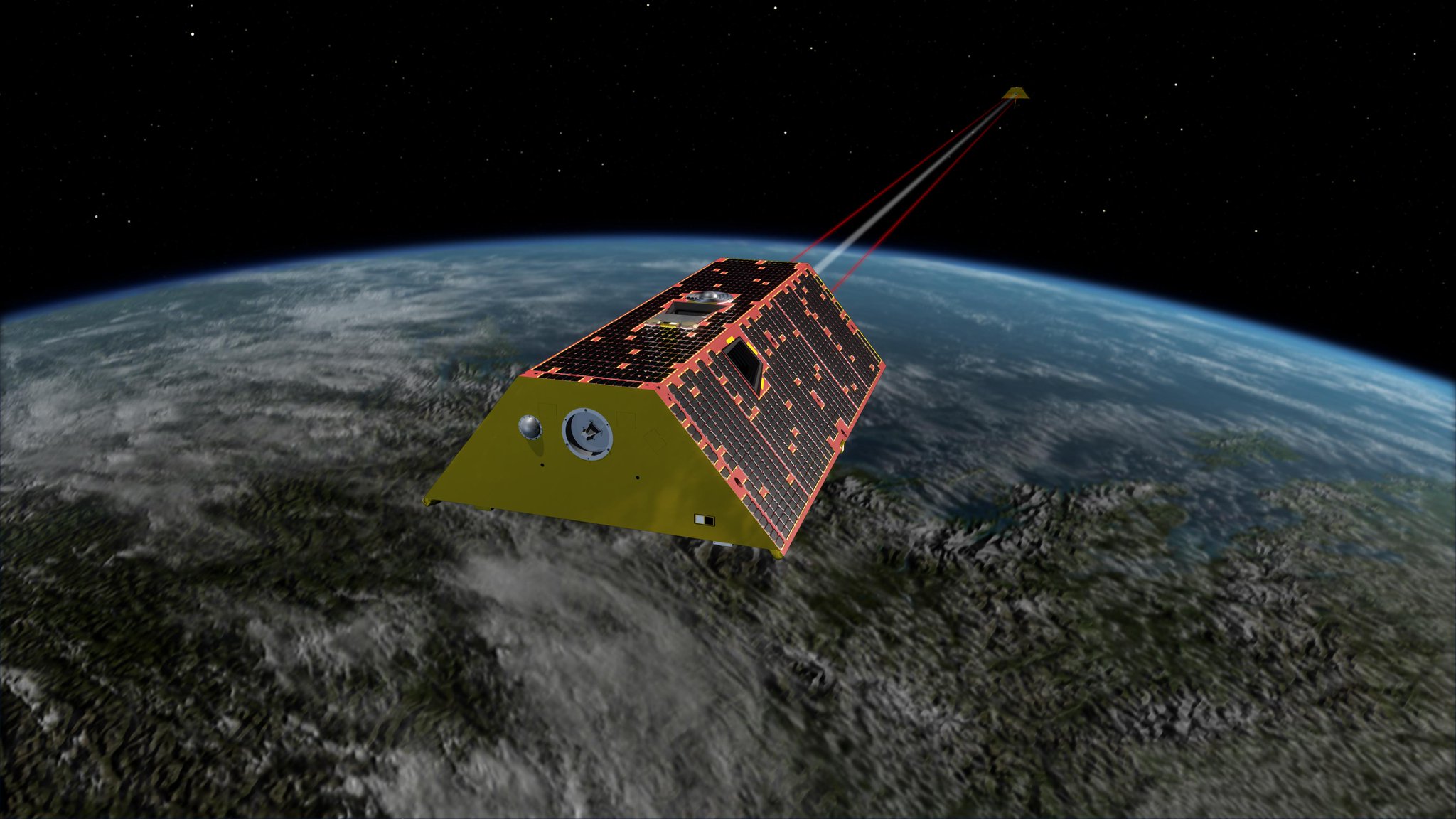
CSR GRACE Follow-On group published the first global Earth gravity field models to be derived from space borne laser ranging interferometer, flown as a technology demonstration onboard the joint NASA/GFZ GRACE Follow-On mission. This paper is particularly significant because space geodesy is transitioning from using the microwave interferometric techniques (used on GRACE and GRACE-FO missions) to the more precise laser interferometric techniques (demonstrated on GRACE-FO, and slated for use on future mass change missions), and the results in this paper help build confidence in the science information in the future mission outcomes. Study lead author Dr. Nadège Pie said, “The laser ranging interferometer onboard GRACE-FO goes beyond replicating the intersatellite distance measurements already collected by the heritage microwave ranging instrument. The main focus of our study was to demonstrate the viability of the laser interferometer as the main ranging instrument in future missions for the retrieval of spatial and temporal changes in the Earth’s gravity field. Our analysis not only accomplishes that, it also shows that the observations obtained with unprecedented precision by the laser interferometer contain gravity information never detected before. New techniques may have to be designed to fully exploit this information, but this new laser instrument is undoubtedly pushing research in geodesy forward.“
Source: “Time Variable Earth Gravity Field Models From the First Spaceborne Laser Ranging Interferometer” in the Journal of Geophysical Research: Solid Earth, Volume 126, Issue 12, December 2021
